Tinted sunscreen guide: A brief exploration of tinted ingredients
What ingredient(s) in mineral sunscreens provide a 'natural tint'?
Isn’t it funny how you can go through life not knowing what’s right under your nose? Even if you put it there yourself? I recently came to realize that aluminum oxide and iron oxides are everywhere! If you use or have ever used any sort of BB cream, tinted moisturizer, or tinted sunscreen, you’ve probably rubbed one or more of these ingredients on your face every day.
Of course, that’s not necessarily a bad thing. I just never thought about this before, and now I can’t stop thinking about what else I’ve been overlooking. Color-lending chemicals like alumina/aluminum oxide and iron oxides have been approved for use by the FDA since 1977, so they’re commonly used in many cosmetics, including physical/mineral sunscreens (one of my favorite topics!).
What sent me spiraling down this rabbit hole? It all started a few weeks ago, when I emailed Australian Gold to ask about their SPF claims because I was concerned about the low percentages of active sunscreen ingredients (4 percent each of zinc oxide and titanium dioxide). The customer service representative’s response devoted a few sentences to justifying the presence of an ingredient that I hadn’t even asked about: alumina, or aluminum oxide. It turns out that this is actually listed as the first inactive ingredient on the back of the label, so the company probably gets a lot of questions about this ingredient.
Here’s an excerpt from Australian Gold’s letter to me:
You can read the full response (including the company’s response to my questions about its SPF testing guidelines) here.
As the response indicated, alumina, or aluminum oxide, provides the “fine aesthetics” or the tinted shade that helps offset the white cast from the active physical sunscreen ingredients (zinc oxide and titanium dioxide).
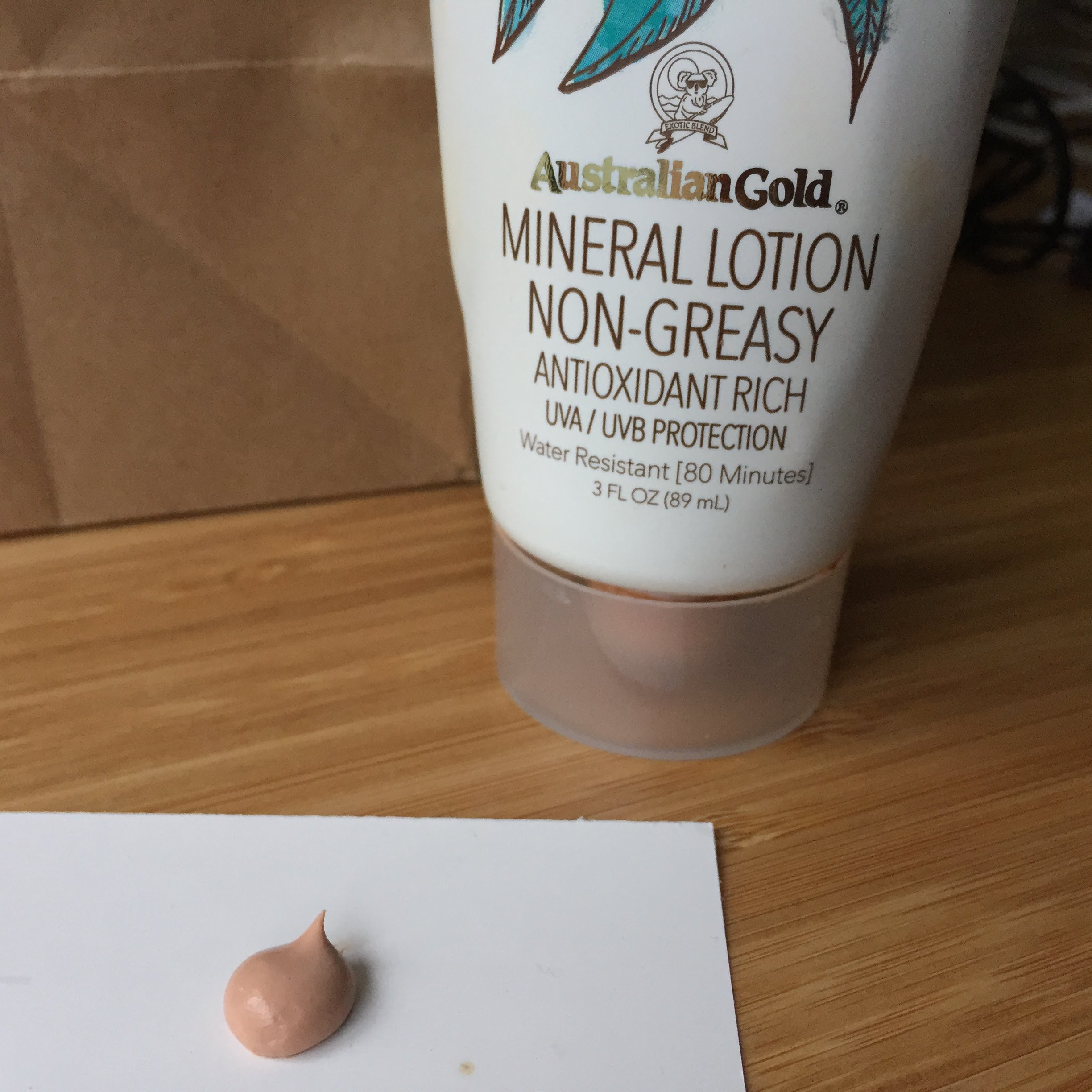
Let’s have another look at the Australian Gold Botanical Face Sunscreen Tinted SPF 50 ingredients, shall we?
Australian Gold Botanical Face Sunscreen Tinted SPF 50 ingredients
Upon observing the ingredient list one more time, it looks like this sunscreen also contains another tint-imparting ingredient: iron oxides.
That got me thinking, what are the ingredients that most natural/mineral sunscreens use to provide a natural tint?
- Aluminum oxide, or alumina
- Iron oxides
Now let’s look at another product I’ve been rubbing on my face off and on over the past few years: La Roche-Posay Effaclar BB Blur.
La Roche-Posay Effaclar BB Blur SPF 20
Before Australian Gold Tinted Face Sunscreen entered my life, I used to like La Roche-Posay Effaclar BB Blur in light/medium. This shade was still a touch too pale for my yellowish undertones, but I liked how nicely it blended in, so I kept using it.
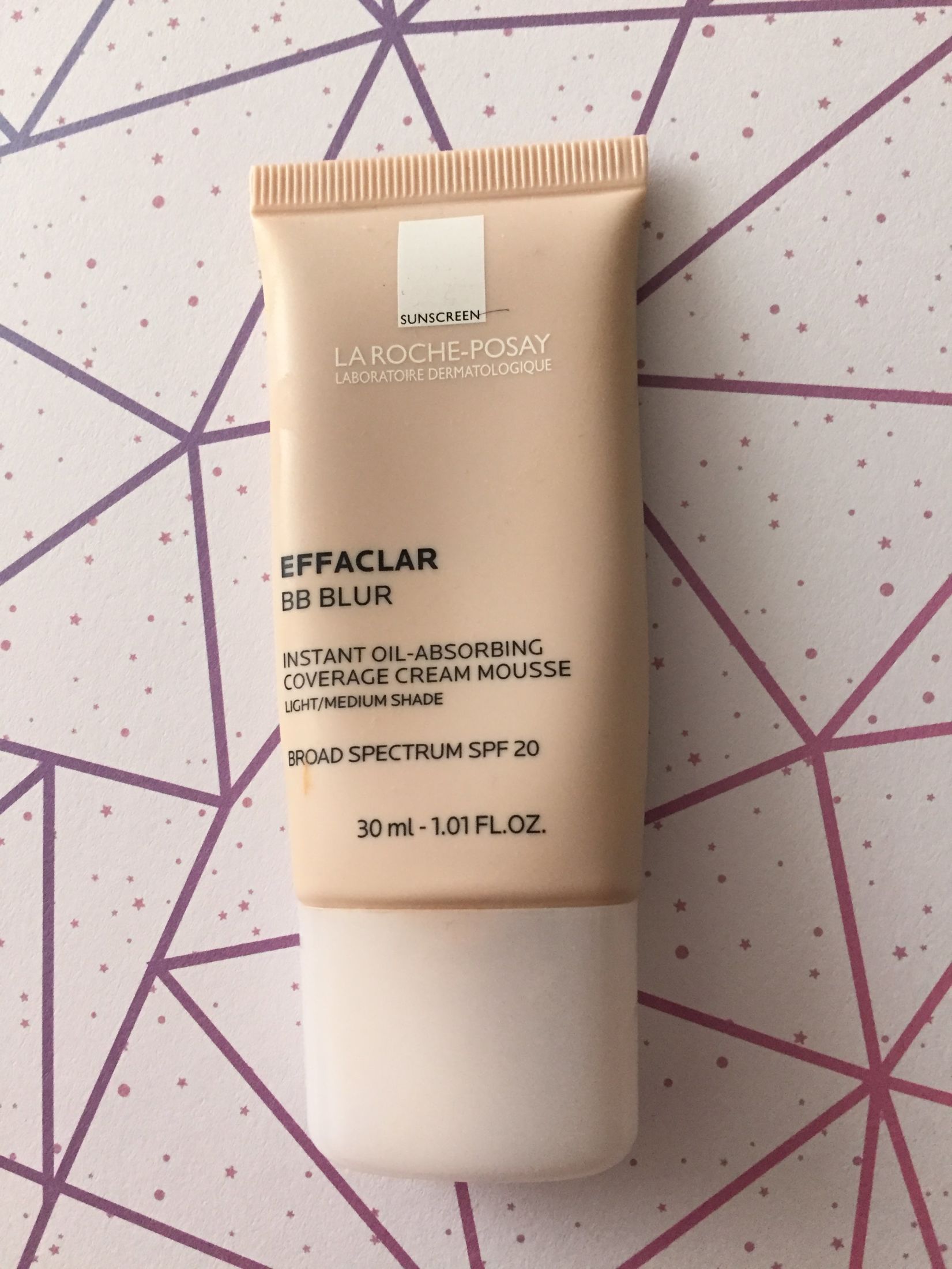
However, it is rather pricey.
La Roche-Posay Effaclar BB Blur ingredients
This sunscreen provides SPF 20 broad spectrum coverage, and it didn’t cause breakouts. Looks like this one uses Aluminum Hydroxide, like Australian Gold. It also says it “may contain” iron oxides, as well as “titanium dioxide” (but it most definitely contains titanium dioxide, according to the active ingredient). Perplexing much?
Thinksun Everyday Face Sunscreen (Naturally Tinted)
Let’s take a look at another physical sunscreen, which describes itself as “naturally tinted”.
Thinksun Everyday Face Sunscreen (Naturally Tinted) ingredients
This ingredient list is identical to Thinksport Safe Sunscreen SPF 50, until you get to the last few ingredients. Iron oxide is the ingredient that makes this sunscreen “naturally tinted”.
The company’s product page states that “We’ve tested the tint in this solution on some of the finickiest faces. Everyday Face blends seamlessly into all skin tones.” That’s a pretty tall claim, but I guess I’d be willing to give it a try.
It is a bit more expensive than Australian Gold, but it does include a much higher percentage of zinc oxide.
Drunk Elephant Umbra Tinte Physical Daily Defense SPF 30
Like Thinksport, Drunk Elephant also makes a tinted physical sunscreen with 20% zinc oxide as the active ingredient. It also contains iron oxides, and strangely, lists titanium dioxide as an inactive ingredient even though many sunscreens list it as an active ingredient.
Drunk Elephant Umbra Tinte Physical Daily Defense SPF 30 Ingredients
This sunscreen contains a hefty ingredient list, but the most interesting part about it to me (at least today) is that Drunk Elephant lists three kinds of iron oxides: CI 77491 (red), CI 77492 (yellow), and CI 77499 (black). LUSH actually has a pretty interesting page about CI 77491, an ingredient that’s included in 14 of its products.
It also contains a third pigment-lending ingredient: Mica. Here’s what the FDA has also marked mica as an ingredient that’s safe for adding color to cosmetics. Here’s the full info on mica, via the FDA:
Badger SPF 30 Unscented Tinted Sunscreen Cream
Badger also makes a tinted sunscreen with zinc oxide as the active ingredient. It contains a slightly lower percentage of zinc oxide (18.75%) than Thinksport or Drunk Elephant, but it also contains fewer ingredients overall. And, like Drunk Elephant, it lists the actual colors/shades of iron oxides it contains.
Badger SPF 30 Unscented Tinted Sunscreen Cream Ingredients
Badger’s tinted sunscreen includes iron oxides in two shades: Iron Oxide CI 77492 (yellow) and Iron Oxide CI 77499 (black). Since it doesn’t have the red shade (CI 77491), it may be a bit less warm than the Drunk Elephant sunscreen.
Colors are the new tan
Physical sunscreens that use ingredients like aluminum oxide, zinc oxide, or mica make it easier (and more aesthetically pleasing) to blend in physical active sunscreen ingredients like zinc oxide and titanium dioxide. That makes them pretty ok in my book. However, the tint itself can be a bit hit or miss. The shade may or may not match your skin tone. And even if you do find a tint that you like, it might contain a low percentage of physical active sunscreen ingredients (a la Australian Gold). If you find the ideal tint for your skin and it contains a satisfactory concentration of active sunscreen ingredients, you’ve hit the jackpot. You’d better hold on to that sunscreen for dear life, and hope that it doesn’t get reformulated.
Further reading
Check out my other sunscreen reviews here.
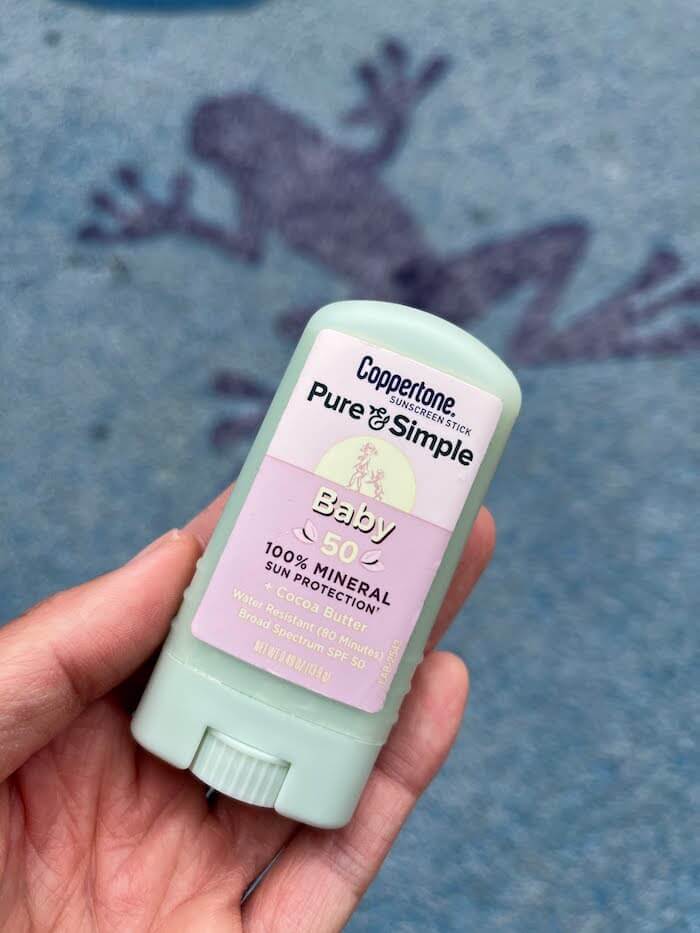
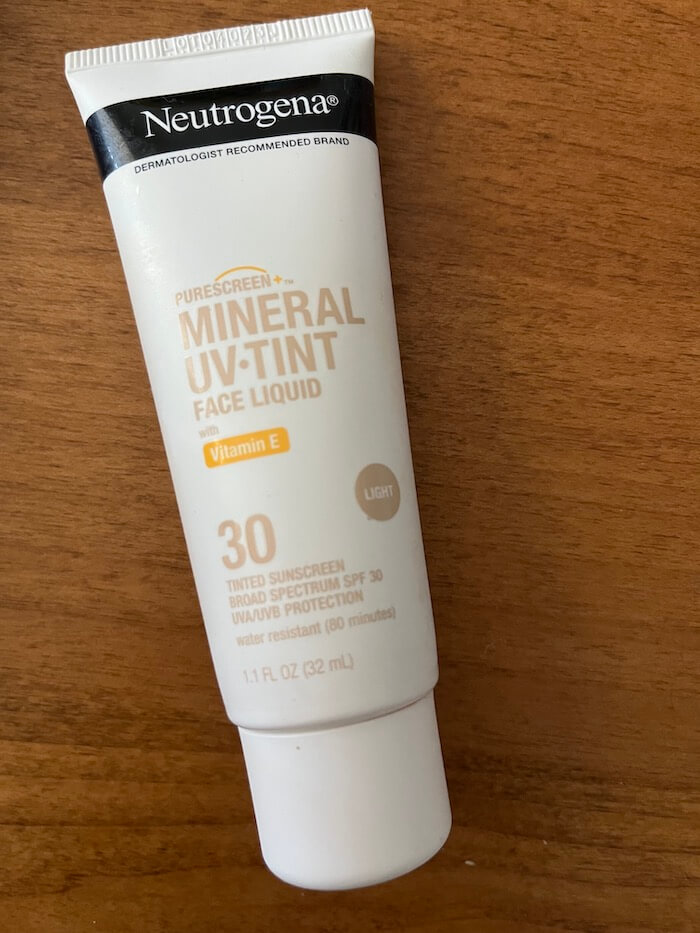
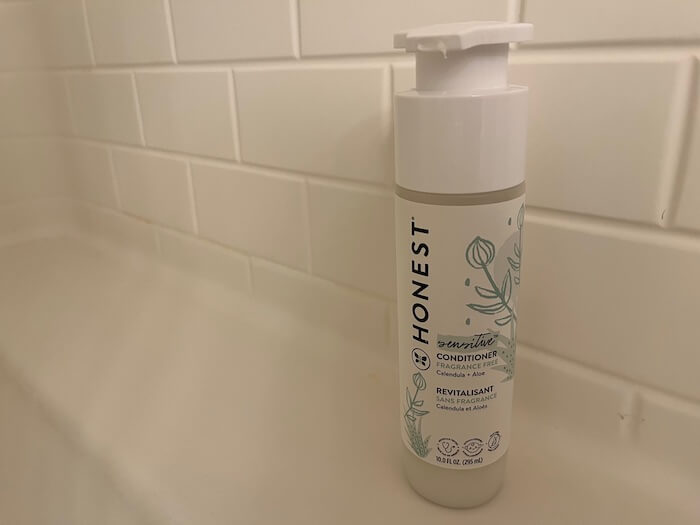

Share this post
RSS
Facebook
Reddit
Email